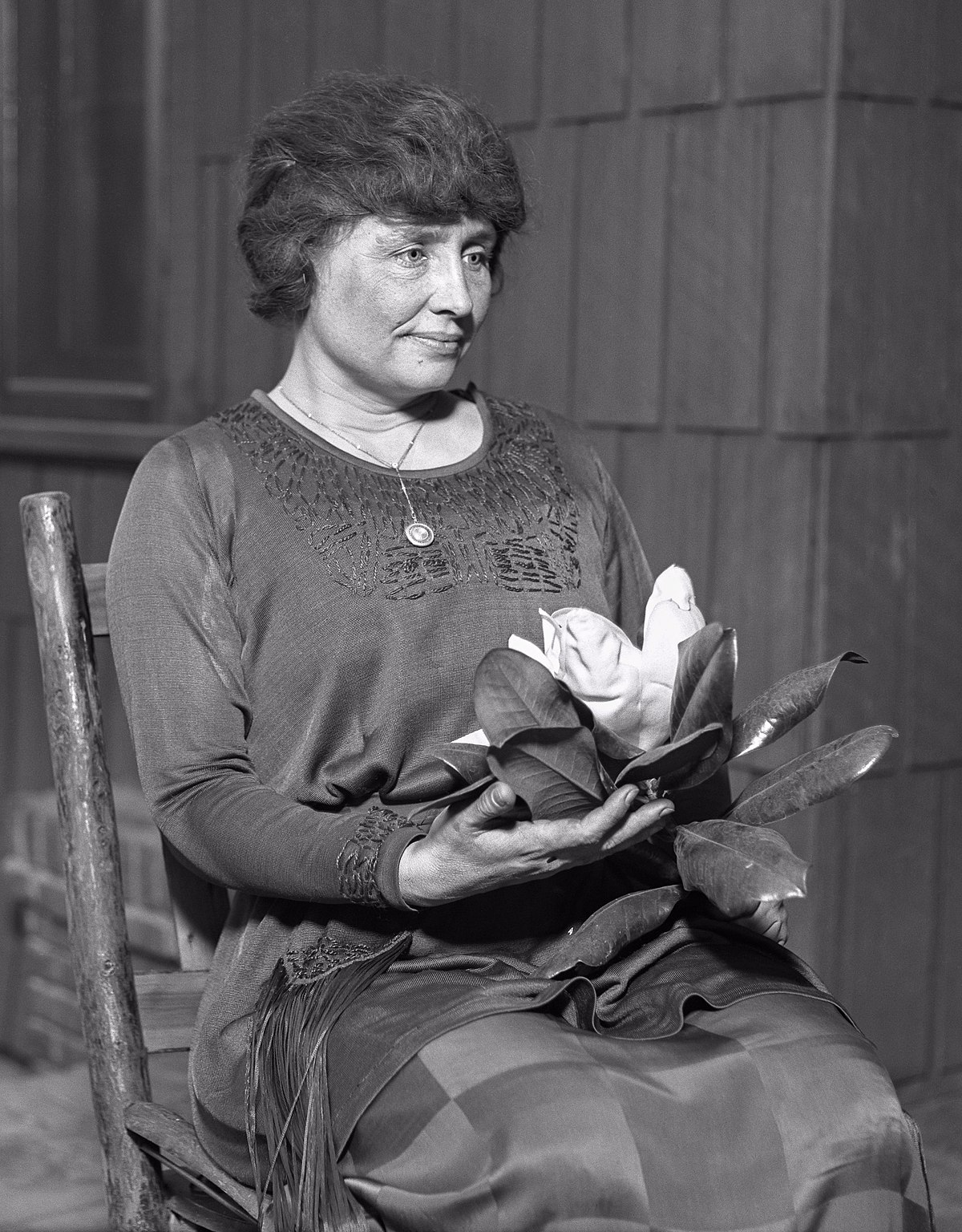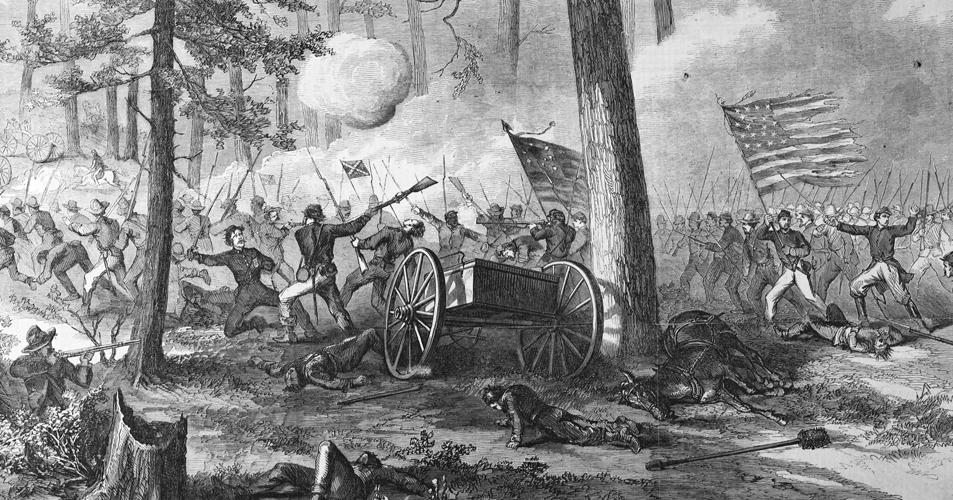odanny
Diamond Member
Feel free to make contributions on what happened on this day.
March 2nd. 1864:
On this day, March 2, 1864 during the Civil War, the Battle of Walkerton took place near Richmond, Virginia. On February 28th, US Brigadier General Judson Kilpatrick left his encampment at Stevensburg with 4,000 picked men to raid Richmond. Col. Ulric Dahlgren, son of Rear Adm. John Dahlgren, commanded an advance force of 500 men.
While the main body under Kilpatrick rode along the Virginia Central Railroad tearing up track, Dahlgren rode south to the James River, hoping to cross over, penetrate Richmond's defenses from the rear, and release Union prisoners at Belle Isle.
Kilpatrick reached the outskirts of Richmond on March 1st and skirmished before the city's defenses, waiting for Dahlgren to rejoin the main column. Dahlgren, however, was delayed, and Kilpatrick was forced to withdraw with Confederate cavalry in pursuit.
Hampton attacked Kilpatrick near Old Church on the 2nd, but the Federals found refuge with elements of Butler's command at New Kent Court House.
In the meantime, Dahlgren's men, unable to penetrate Richmond's defenses, tried to escape pursuit by riding north of the city. Dahlgren's command became separated, and on March 2 his detachment of about 100 men was ambushed by a detachment of the 9th Virginia Cavalry and Home Guards in King and Queen County near Walkerton.
Dahlgren was killed and most of his men captured. Papers found on Dahlgren's body that ordered him to burn Richmond and assassinate President Jefferson Davis and his cabinet caused a political furor.
Southerners accused the North of initiating "a war of extermination." Meade, Kilpatrick, and Lincoln all disavowed any knowledge of the Dahlgren Papers.

 en.wikipedia.org
en.wikipedia.org
March 2nd. 1864:
On this day, March 2, 1864 during the Civil War, the Battle of Walkerton took place near Richmond, Virginia. On February 28th, US Brigadier General Judson Kilpatrick left his encampment at Stevensburg with 4,000 picked men to raid Richmond. Col. Ulric Dahlgren, son of Rear Adm. John Dahlgren, commanded an advance force of 500 men.
While the main body under Kilpatrick rode along the Virginia Central Railroad tearing up track, Dahlgren rode south to the James River, hoping to cross over, penetrate Richmond's defenses from the rear, and release Union prisoners at Belle Isle.
Kilpatrick reached the outskirts of Richmond on March 1st and skirmished before the city's defenses, waiting for Dahlgren to rejoin the main column. Dahlgren, however, was delayed, and Kilpatrick was forced to withdraw with Confederate cavalry in pursuit.
Hampton attacked Kilpatrick near Old Church on the 2nd, but the Federals found refuge with elements of Butler's command at New Kent Court House.
In the meantime, Dahlgren's men, unable to penetrate Richmond's defenses, tried to escape pursuit by riding north of the city. Dahlgren's command became separated, and on March 2 his detachment of about 100 men was ambushed by a detachment of the 9th Virginia Cavalry and Home Guards in King and Queen County near Walkerton.
Dahlgren was killed and most of his men captured. Papers found on Dahlgren's body that ordered him to burn Richmond and assassinate President Jefferson Davis and his cabinet caused a political furor.
Southerners accused the North of initiating "a war of extermination." Meade, Kilpatrick, and Lincoln all disavowed any knowledge of the Dahlgren Papers.








